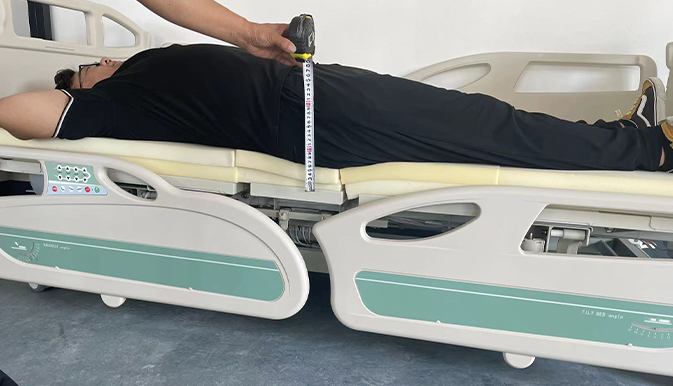Optimal Positions for Medical Beds to Enhance Patient Comfort and Care
Understanding Medical Bed Positions Enhancing Patient Care and Comfort
In the healthcare industry, the importance of a well-designed medical bed cannot be overstated. These specialized beds are critical for the comfort and safety of patients, especially those undergoing long-term care. One of the key aspects of medical beds is their ability to adjust to various positions to meet the diverse needs of patients. This article explores the different medical bed positions, their benefits, and their role in improving patient care.
Types of Medical Bed Positions
1. Flat Position The flat position is the most basic and commonly used position. It is often utilized for patient assessments and in recovery rooms post-surgery. In this position, the bed is entirely horizontal, allowing for easy access by healthcare professionals and ensuring maximum stability for patients who may be disoriented or in pain.
2. Trendelenburg Position This position involves tilting the bed so that the patient's head is lower than their feet. It is often used in emergency situations to improve venous return and stabilize blood pressure in patients experiencing shock or severe hypotension. However, its usage must be carefully monitored, as it can increase intracranial pressure and is contraindicated in some cases.
3. Reverse Trendelenburg Position Opposite to the Trendelenburg position, the reverse variant raises the head while lowering the feet. This position is particularly beneficial for patients with respiratory issues as it aids in lung expansion and reduces pressure on the diaphragm. It is also commonly employed during surgical procedures involving the abdomen.
4. Fowler's Position Fowler's position elevates the head of the bed, typically between 30 to 90 degrees, providing comfort for patients who have difficulty breathing or are recovering from cardiovascular issues. This position can also assist with digestion, making it a favorable choice for patients who have undergone certain types of abdominal surgeries.
medical bed positions product

5. Lateral Position The lateral or side-lying position is essential for patients at risk of developing pressure ulcers or bed sores. By alternating the side on which a patient lies, healthcare providers can alleviate pressure points and enhance circulation. This position is often used for patients who are unconscious or have limited mobility.
6. Sitting Position Some medical beds allow patients to sit upright, which can be beneficial for those who are stable enough to engage with their surroundings but still require support. This position is frequently utilized in rehabilitation settings, allowing patients to participate in therapy or social interaction while remaining comfortably supported.
Benefits of Adjustable Medical Bed Positions
The ability to customize a medical bed's positioning offers numerous advantages to both patients and healthcare professionals. Here are some key benefits
- Increased Comfort Adjusting the bed to suit individual needs enhances comfort, which can lead to lower anxiety levels and better sleep quality for patients. - Improved Safety Proper positioning can help reduce the risk of falls or injuries, particularly for patients who may experience dizziness or disorientation. - Enhanced Recovery By improving circulation and facilitating easier breathing, diverse bed positions can expedite the healing process after surgery or during illness. - Better Patient Interaction Adjustable beds allow patients to sit up and engage with family members or care staff, promoting emotional well-being and reducing feelings of isolation.
Conclusion
In conclusion, understanding the various positions available in medical beds is vital for optimizing patient care. By utilizing these positions effectively, healthcare providers can significantly improve comfort, safety, and recovery prospects for their patients. As technology advances, the design of medical beds will likely continue to evolve, providing even greater flexibility and support in clinical settings. The thoughtful application of bed positioning can make a profound difference in the patient experience, emphasizing the importance of this integral aspect of medical care.
-
Mattresses Designed for Back Pain ReliefNewsAug.08,2025
-
Innovative Wave Mattresses for Ultimate ComfortNewsAug.08,2025
-
High-Quality Mattresses for Hospital BedsNewsAug.08,2025
-
High-Quality Mattresses for Every NeedNewsAug.08,2025
-
Healthcare Foam Mattress: Sleep Better, Heal FasterNewsAug.08,2025
-
Cube Mattress for Daily ComfortNewsAug.08,2025
-
How Hospital Mattress Choices Directly Impact Patient Comfort and CareNewsAug.05,2025

